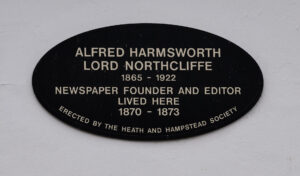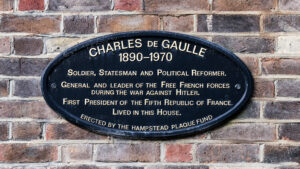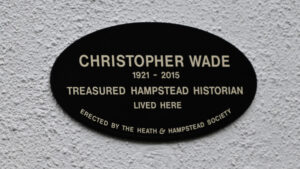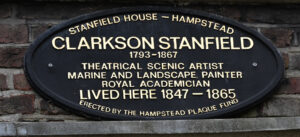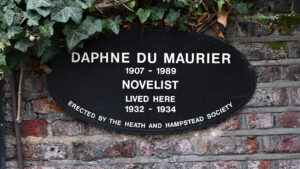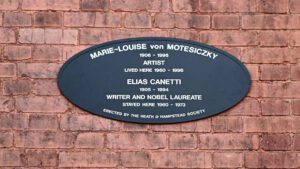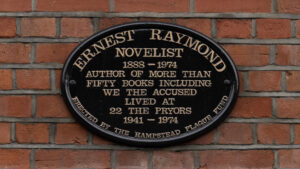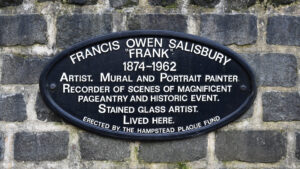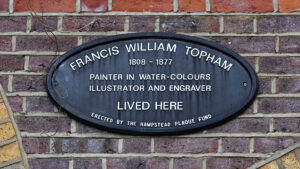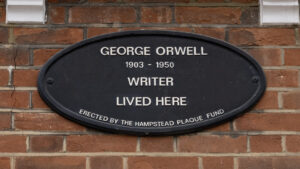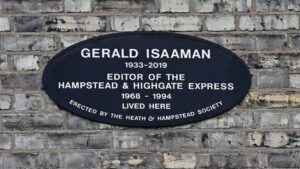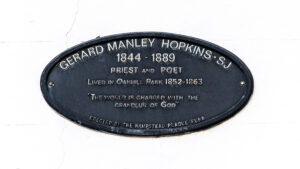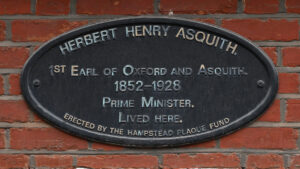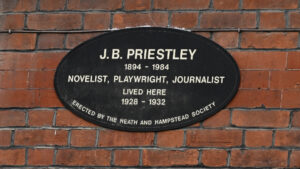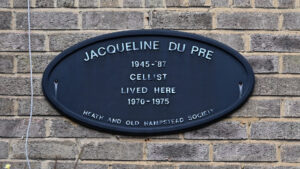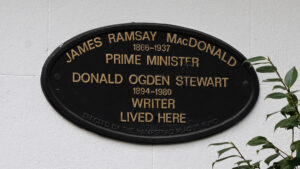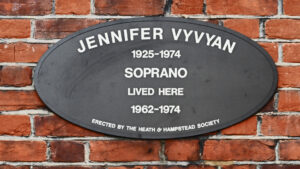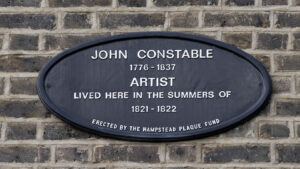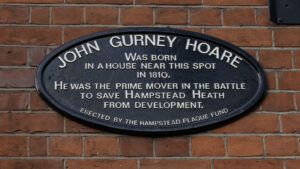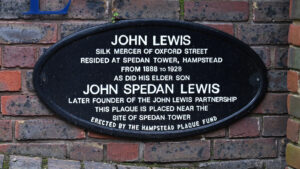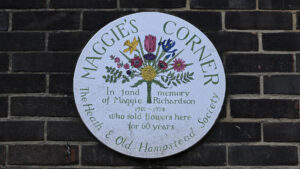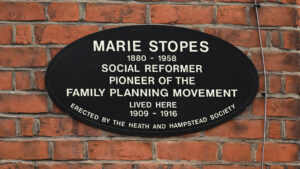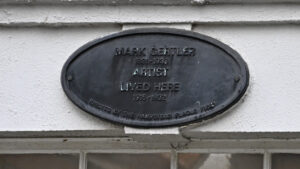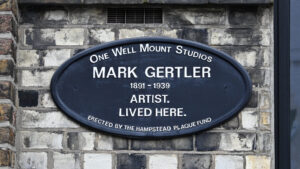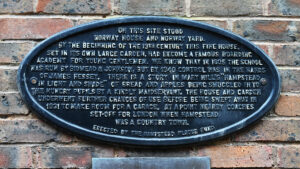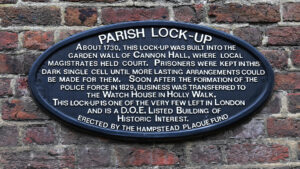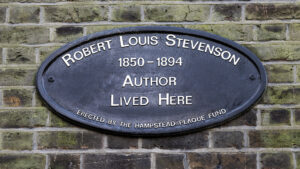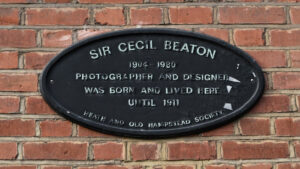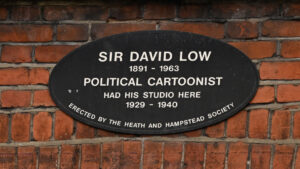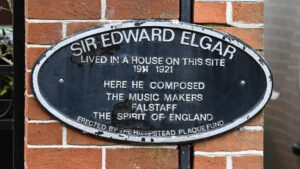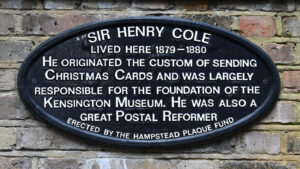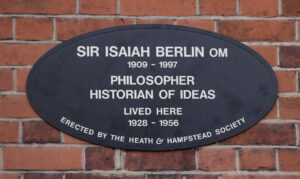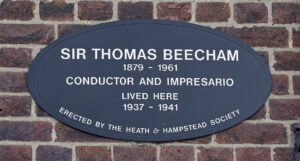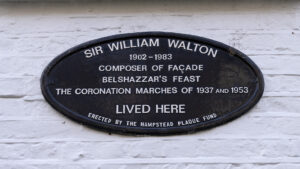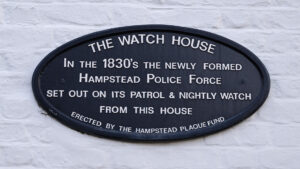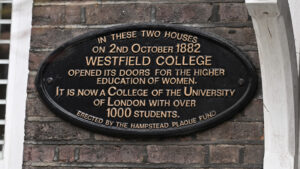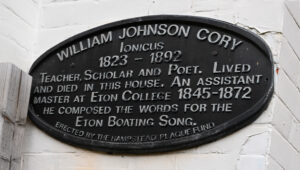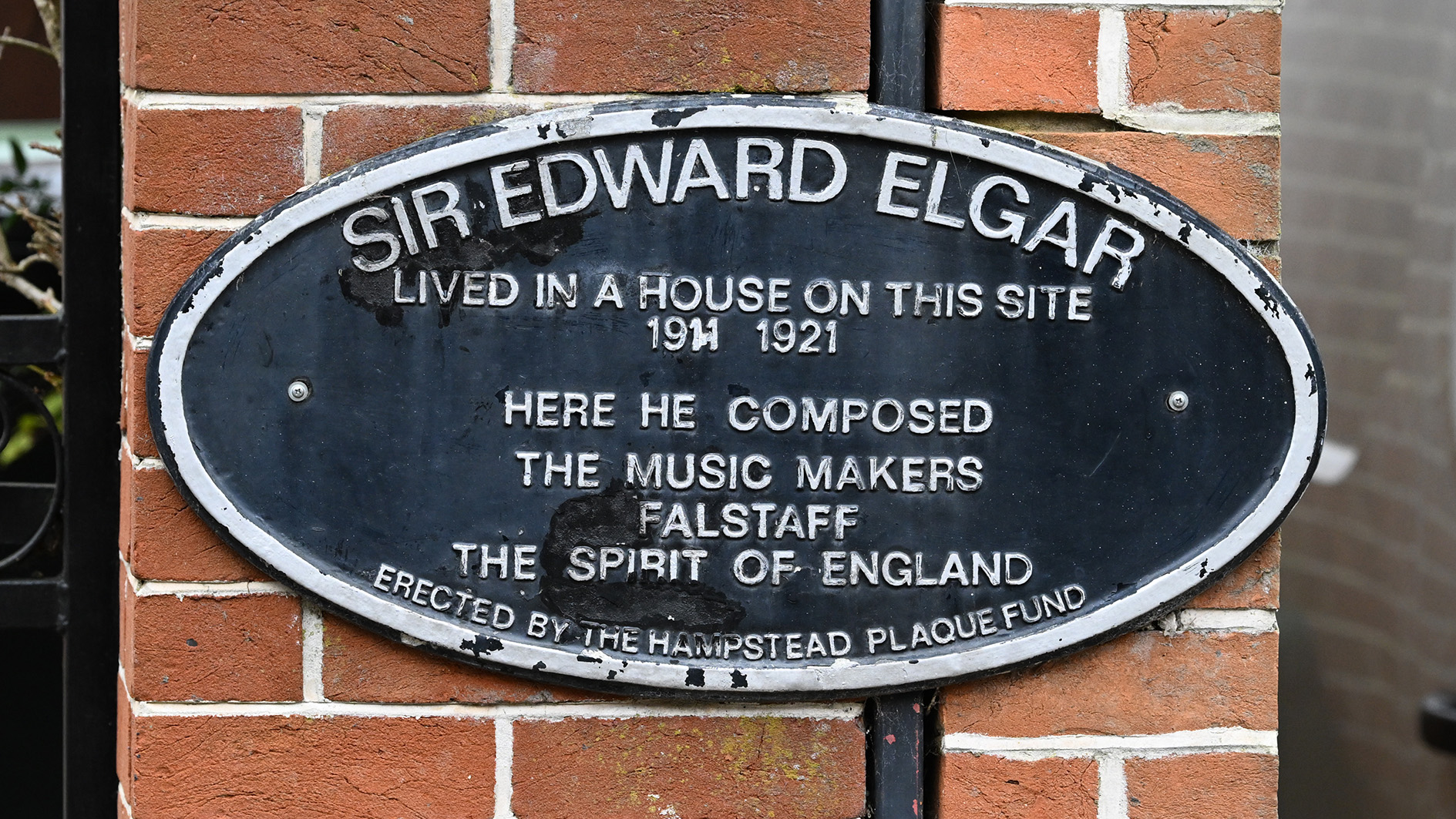
Sir Edward William Elgar was an English composer, among whose best-known compositions are orchestral works including the Enigma Variations, the Pomp and Circumstance Marches, concertos for violin and cello, and two symphonies.
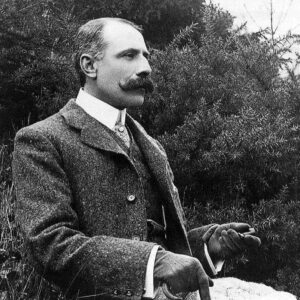 He was born in Broadheath Worcestershire where his father owned a music shop and was a church organist. He taught his son piano, organ, and violin; apart from this instruction, Elgar was basically self-taught as a musician. He became a freelance musician and never took a permanent job. He conducted locally, performed, taught, and composed, scraping by until his marriage to Caroline Alice Roberts, a successful published novelist, in 1889.
He was born in Broadheath Worcestershire where his father owned a music shop and was a church organist. He taught his son piano, organ, and violin; apart from this instruction, Elgar was basically self-taught as a musician. He became a freelance musician and never took a permanent job. He conducted locally, performed, taught, and composed, scraping by until his marriage to Caroline Alice Roberts, a successful published novelist, in 1889.
In 1899, Elgar composed the “Enigma” Variations, Op. 36, which catapulted him to fame. The work is a cryptic tribute to Alice and to the many friends who stood behind the composer in the shaky early days of his career.
Elgar’s most prolific period was the first decade of the twentieth century, during which he wrote the first four of his Pomp and Circumstance Marches; the first of these, subtitled “Land of Hope and Glory”, became an unofficial second national anthem for the British Empire. He was knighted in 1904. and from 1905 to 1908 he was the University of Birmingham’s first professor of music.
During the First World War he wrote occasional patriotic pieces. In 1919 Elgar wrote the masterly Cello Concerto in E minor, Op. 85, whose deep feeling of sadness and impending loss surely relates to the final illness of his wife who died in at home in Hampstead in 1920.
In the early 1930s, Elgar set to work on a third symphony, left unfinished at his death in 1934. He is buried at Little Malvern in Worcestershire.
In 1912 the Elgar’s moved into 42 Netherhall Gardens, the house which was designed by Norman Shaw. Three days after moving in, Elgar wrote to a friend: “The house is divine, so quiet, quiet, quiet”. Guests to the house included George Bernard Shaw and Arthur Bliss.
Walks across the Heath, nourished Elgar’s interest in nature. He collected material, from Highgate Ponds, to inspect under his microscopes. He embraced technology and he was a pioneer when it came to the gramophone. In 1914 he wrote Carissima, a small orchestral piece specifically for recording. After the outbreak of the First World War, he volunteered at Hampstead Police Station and was sworn in as a Special Constable. The following year he joined the Hampstead Volunteer Reserve.
Lady Elgar died from cancer in 1920. With her death Elgar’s creative life virtually ended. “I have gone out,” he said. He stayed on at Severn House until 1921. In 1931 Elgar was asked to open the new EMI studios, in Abbey Road, St John’s Wood. George Bernard Shaw was in attendance. In the early 1930s, Elgar set to work on a third symphony, left unfinished at his death in 1934. He is buried at Little Malvern in Worcestershire.
VIEW ON MAIN INTERACTIVE MAP
1
